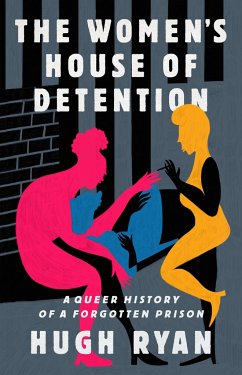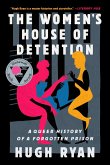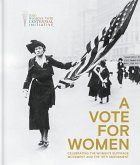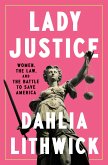"The Women's House of Detention, Greenwich Village's most forbidding and forgotten queer landmark, stood from 1929 to 1974, imprisoning tens of thousands from all over New York City. The little-known stories of the queer women and trans-masculine people incarcerated in this building present a uniquely queer argument for prison abolition. The 'House of D' acted as a nexus, drawing queer women down to Greenwich Village from every corner of the city. Some of these women--Angela Davis, Andrea Dworkin, Afeni Shakur--were famous, but the majority were working-class people, incarcerated for the 'crimes' of being poor and improperly feminine. Today, approximately 40 percent of people in women's prisons identify as queer; in earlier decades, the percentage was almost certainly higher. Historian Hugh Ryan explores the roots of this crisis of queer and trans incarceration, connecting misogyny, racism, state-sanctioned sexual violence, colonialism, sex work, and the failures of prison reform. At the same time, The Women's House of Detention highlights how queer relation and autonomy emerged in the most dire of circumstances: from the lesbian relationships and communities forged through the House of D, to a Black socialist's fight for a college education during the Great Depression, to the forgotten women who rioted inside the prison on the first night of the Stonewall Uprising nearby. This is the story of one building and so much more: the people it caged, the neighborhood it changed, and the resistance it inspired"--








